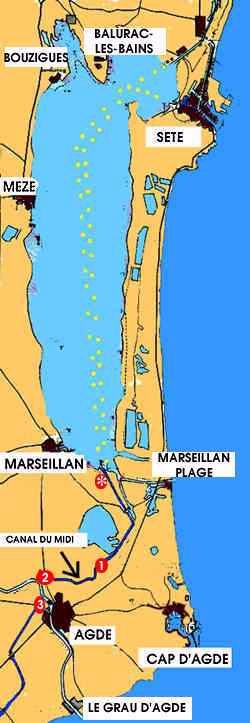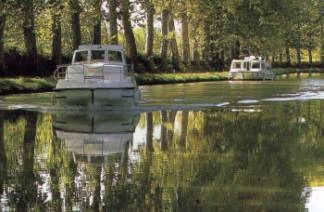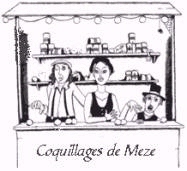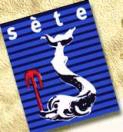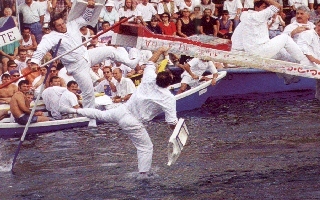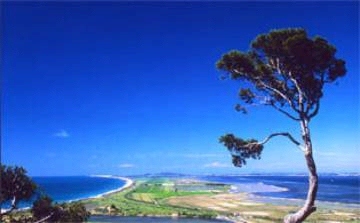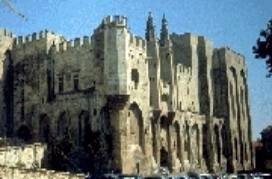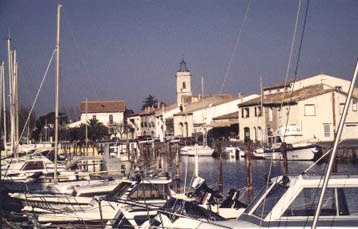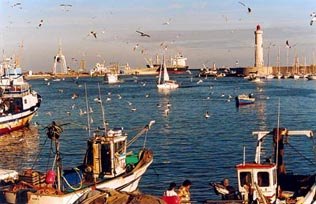This charming village was founded by a wandering fisherman from Marseille in the 6th century AD.
Marseillan is a busy port attracting tourists and fishermen alike. Close by are the famous Caves of
Noilly-Prat, that are well worth a visit. It is also a center for the hire of holiday cruisers. Nearby is the village of Pinet, famous for its dry white wine, but also its animated crib in the church. The crib is made up of Santons, dolls dressed to represent different trades and only found in the south of France.
